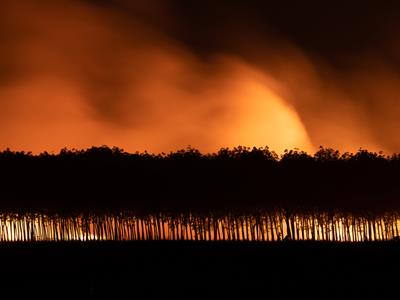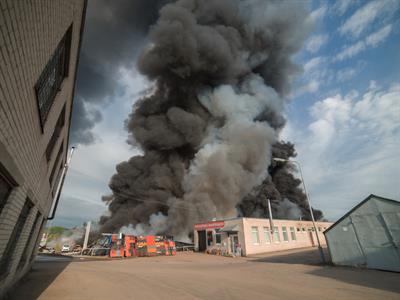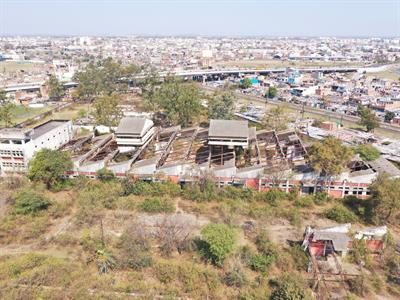
PUMPA - SMART LEARNING
எங்கள் ஆசிரியர்களுடன் 1-ஆன்-1 ஆலோசனை நேரத்தைப் பெறுங்கள். டாப்பர் ஆவதற்கு நாங்கள் பயிற்சி அளிப்போம்
Book Free DemoStampede:
A stampede is a sudden surge of people that frequently results in injuries and death due to suffocation and trampling. When a crowd rush occurs, a variety of factors may be at play, ranging from risky behavior to bad venue design. The following are some of the dangers that can endanger crowd safety:
- Climbing on or destroying structures and equipment are examples of dangerous activity.
- Overcapacity
- A lack of crowd management
- Event areas with poor planning, such as those with no visible exits.
- Narrow corridors
- Blocking exits or causing traffic gridlock with physical obstacles or concession stalls.
- Pedestrians and moving cars share space.
- Structures that are loose or unsafe.
- Cooking equipment or flammable structures are also fire threats.

Crowd Crush
Fire:
Agricultural activities such as burning grass or stubble are the primary causes of forest fires.
- Throwing cigarettes or matches that are on fire.
- Lighting fires in limited places is prohibited.
- Military drills are held.
- Hunting is a recreational activity.
- Residential activities such as the usage of electrical tools, which can cause sparks and garbage to burn.
- Power cables traveling through trees are short-circuited.
- Lightning.

Forest Fire
Industrial Disaster:
Industrial disasters, are which produced by industrial companies as a result of an accident, negligence, or incompetence. They are a type of industrial accident that results in significant property damage, injuries, or death.

Industrial disaster
The industrial disaster was defined as an occurrence that causes widespread destruction or suffering that comes on suddenly even over a short span of time, and is limited to industrial fires or explosions, or chemical or radioactive discharges from industrial point sources.
The investigation was limited to disasters that result in human injury or death. Preservation of combustible, explosive, or toxic chemicals, such as radioactive substances; unchecked release of uncontrolled chemical compounds, metabolic byproducts, or energy from a chemical process; and the company of people close enough to have been revealed and/or wounded are all contributing factors to industrial accidents.
Example:
Bhopal gas leakage:
The Bhopal tragedy happened when around \(45\) tonnes of the chemical methyl isocyanate escaped from a plant controlled by a subsidiary of the Union Carbide Corporation, based in the United States. Investigations later revealed that the disaster was caused by insufficient operating and safety procedures at the understaffed factory.

The industrial gas leakage site situated at Bhopal (Madhya Pradesh - India)